The History of Modern Computing Part 1
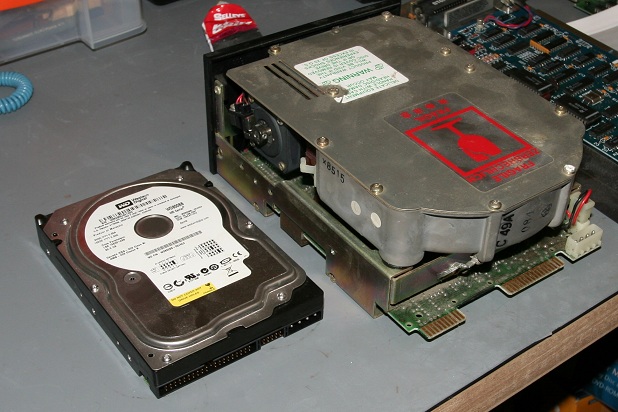
Seagate ST-506 HDD - 1980
The ST-506 was the first 5.25 inch HDD. It could store up to 5.2 MB of data after it was formatted into a file system. These drives could only work if there were connected to a disk controller which was based off the floppy disk drives.
Many other models where then based off of this scheme by Maxtor, Western Digital, and others. It wasn't until much later that we had a standardized form factor and interface that we know today.
In the picture is a older 3.5" drive that uses today's standard.
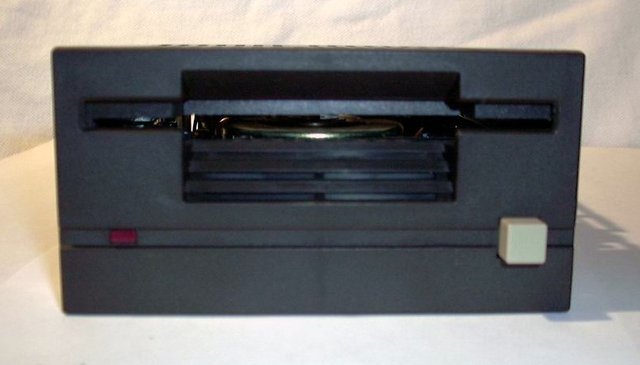
Sony Floppy Disk Drive - 1981
Introduced and shipping at the beginning of the year they weren't accepted until HP adopted them into their computers in 1982. This was the factor that drove the format to the forefront of technology and development.
Now you could take your data along with you! Having a disk in your briefcase or hard file means that you had a back up in case of drive failure or catastrophe!
I mean don't you guys remember going to computer labs and firing up Oregon Trail from the floppy disk?
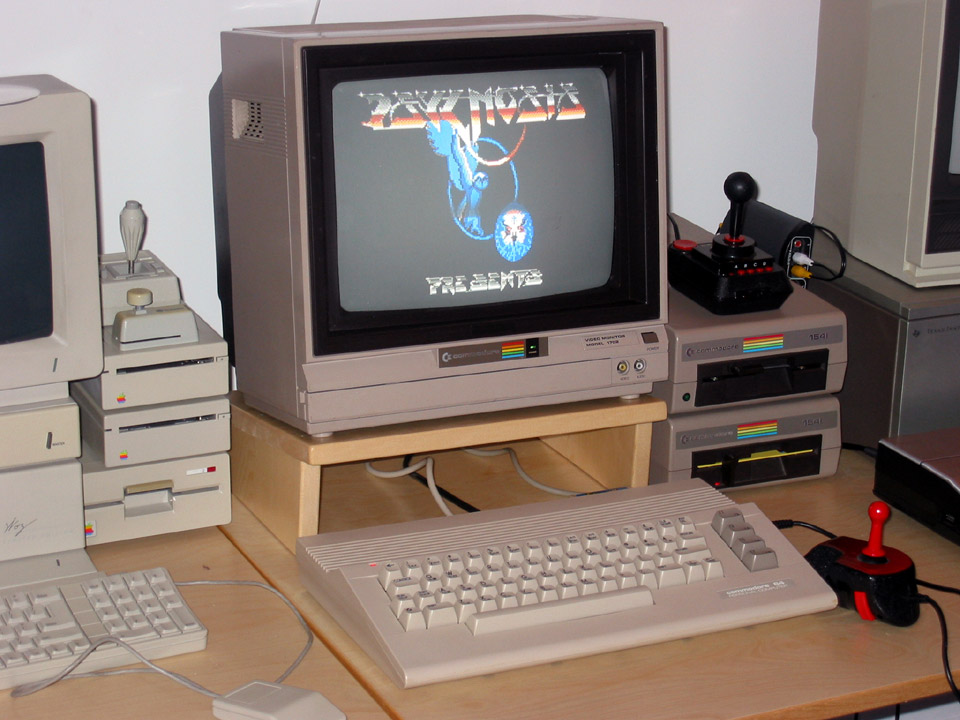
Commodore 64 - 1982
The C64, sold for $595, came with 64KB of RAM and featured color graphics. For 1982 that is a very impressive computer for not a ton of money, but the catch is that if you wanted peripherals you needed to pony up more money. These included floppy drives, diskette players, and modems.
By the time the C64 was discontinued in 1993, it had sold more than 22 million units and is recognized by the 2006 Guinness Book of World Records as the greatest selling single computer model of all time.
Some of the best classic games were playable on the Commodore such as Sid Meier's Pirates! (a personal favorite), Wasteland (spiritual prequel to Fallout), and Ultima (like Ultima).
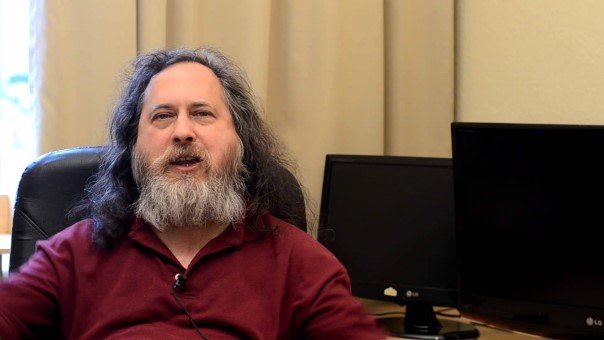
Richard Stallman Creates GNU - 1983
1983 saw many milestones in computing history. Thinking Machines was founded giving rise to modern supercomputers. TCP/IP was created so ARPANET and MILNET could talk to each other while being separate networks. CD's were first created giving massive increases in data storage and audio fidelity. However, I think the most significant piece of history from 1983 is GNU from Richard Stallman.
Stallman was a programmer at MIT and wasn't liking the direction that MIT was going in. He felt that everything with computers should be open and free so he started a free alternation to Unix. This is called GNU (Gnu's Not Unix).
The whole premise for the OS was to be free of charge but for users to also change the code and share it freely. He started the Free Software Foundation on this idea in 1985. It didn't become a full on OS at first but it laid the groundwork for Linux (which I use in one of my personal machines).
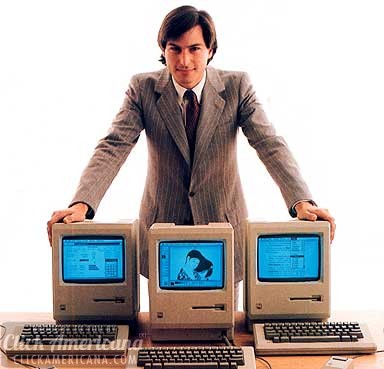
Apple Introduces the Macintosh - 1984
The commercial is classic and only aired once during the Super Bowl.
This is the first widely available computer that had a mouse and a GUI. Built around the Motorola 68000 it was much faster than the competition running a blazing 8Mhz. The Mac was also much smaller than its competitors and had a built in floppy drive which was a first in the industry. It was using Apple's proprietary software in both productivity and operating system but that hardly mattered then.
It was successful on launch and a few years following but was ultimately overtaken by the IBM PC and Windows. A few reasons for this I think, one of the steep price tag of $2500+ and then there is the fact that you couldn't upgrade the machine unless you broke open the case.

Microsoft Windows - 1985
A direct response to Apples GUI it changed how PC's could be used in any application from then on. It was running on an MS-DOS installation so you would have to power on the machine and then type the executable to launch into Windows. It wasn't originally intended to become it's own operating system until much later.
The first version of Windows was received very poorly by critics and industry leaders and was touted as just a 'front-end to MS-DOS'. It's main setback was it's massive hardware requirements to run, and being very fickle to work with because compatibility was an issue.
It still was a very important leap in computing history because it would eventually give way to Windows 3.11 (Chips Challenge FTW) and modern Windows iterations.

C++ Becomes Widely Available - 1985
The C++ language becomes the dominant object-oriented programming language when Bjarne Stroustrup release "The C++ Programming Language" , which became the definitive reference for the language, as there was not yet an official standard.
He wrote C++ for general purpose programming to make life more enjoyable for the 'serious programmer'. With minor differences C++ is a superset of the original C language developed by Dennis Ritchie.
Many things today still use C++ as it's primary language. It's in it's 4th edition.
If you are thinking about doing anything with computers a basic understanding of C or C++ is essential.
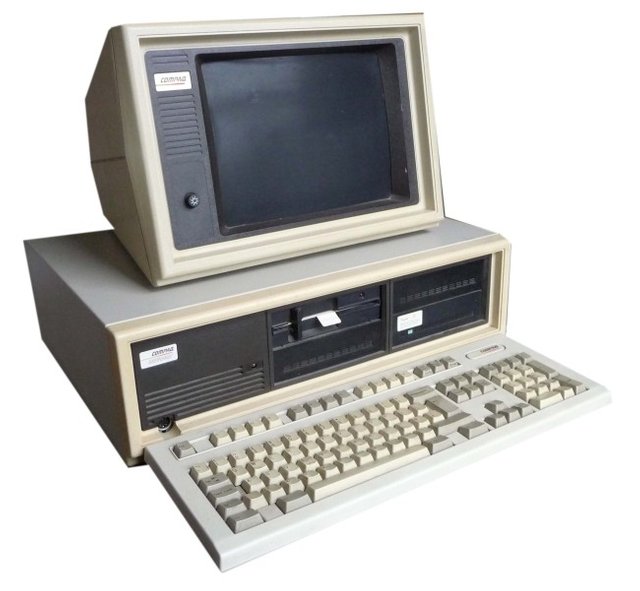
Compaq Deskpro 386 - 1986
Based on Intel's new 80386 processor this computer become the first machine to run on a 32-bit CPU. It was also the first time that IBM lost out in leading the technical changes in the world, not being able to release a 32-bit machine until the next year. Compaq became a 386
It originally shipped with a copy of Windows/386 which is a version of Windows 2.1 specifically designed for the 386 processor. (It's a similar change like Windows 7 32-bit or 64-bit.)
This machine was considered to be on par with mainframe speeds and had the flexibility to be productive in many different applications.
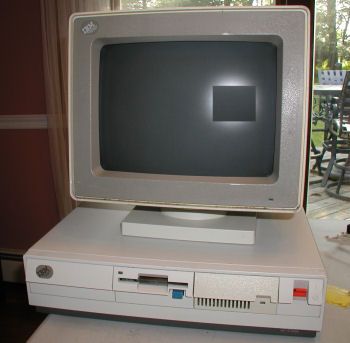
IBM Introduces the PS/2 - 1987
The Personal System/2 or PS/2 was IBM's third generation of PCs. The purpose of this line of computers was an attempt to recapture the market by introducing advanced but proprietary designs. The market responded by buying large numbers of these machines especially to Fortune 500 companies.
The biggest problem for IBM though was that other manufactures didn't want to pay the royalty fees to devolp and sell for the PS/2 architecture. This caused IBM to fail in recapturing the PC market.
However the PS/2 had a quite a few innovations that became standards later in PC development. Such as the serial port, 3.5 inch floppy disk as standard, 72-pin SIMM modules, and PS/2 keyboard and mouse ports. But the biggest was VGA video as standard, VGA is still used today on low end graphics machines.
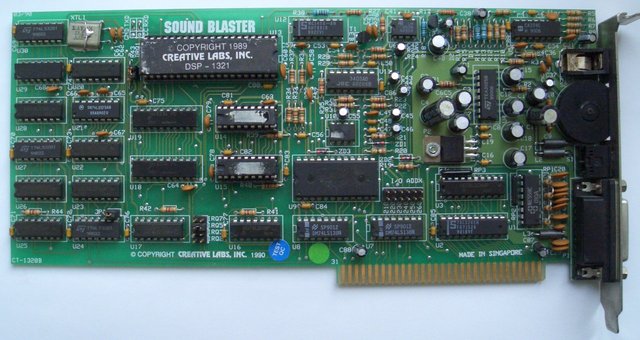
Creative Labs Introduces Sound Blaster! - 1988
It was actually called the Game Blaster! but really we are just talking semantics at that point. Game Blaster could play up to 12 channels of sound in true stereo with each channel. The Game Blaster was vastly inferior to the AdLib board in terms of output fidelity but the Game Blasters could be manually adjusted for each channel giving the user more flexibility in utilizing the driver.
Eventually Sound Blaster would become the king of audio in the PC market leaving all other behind.
Companies that supports the Game Blaster were EA, Sierra, and Accolade. All saw the potential of a decated sound driver and used it to create soundtracks that would become classics in the years to come.
Intel Releases First 486 Processor - 1989
Intel first released the 80486 or the i486 (or just 486) as a high performance successor to the 386 processors. This is the first pipelined x86 processor to use more than one million transistors due to the large on chip die and an integrated floating-point unit.
This was also the first line of processors to have a dedicated gaming processor the i486DX4 with a processor clock speed of 100Mhz. It required a ton of power at 3.3V!
The chip pictured is the low power model that was used mostly in portable machines and low end desktops. It had a reduced voltage core, a stop clock, and power saving features.
Part 2
https://steemit.com/history/@endpoint/the-history-of-modern-computing-part-2
Extremely interesting. You do with computers and hardware what I do with cars in terms of documentation and depth or explanation.
Nice rundown. Looking forward to Part 2! Now I'll read Part 1.